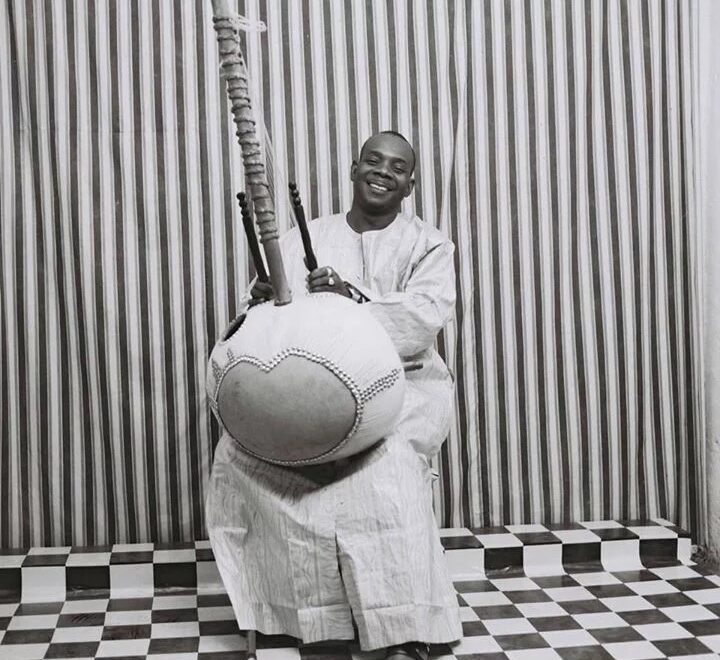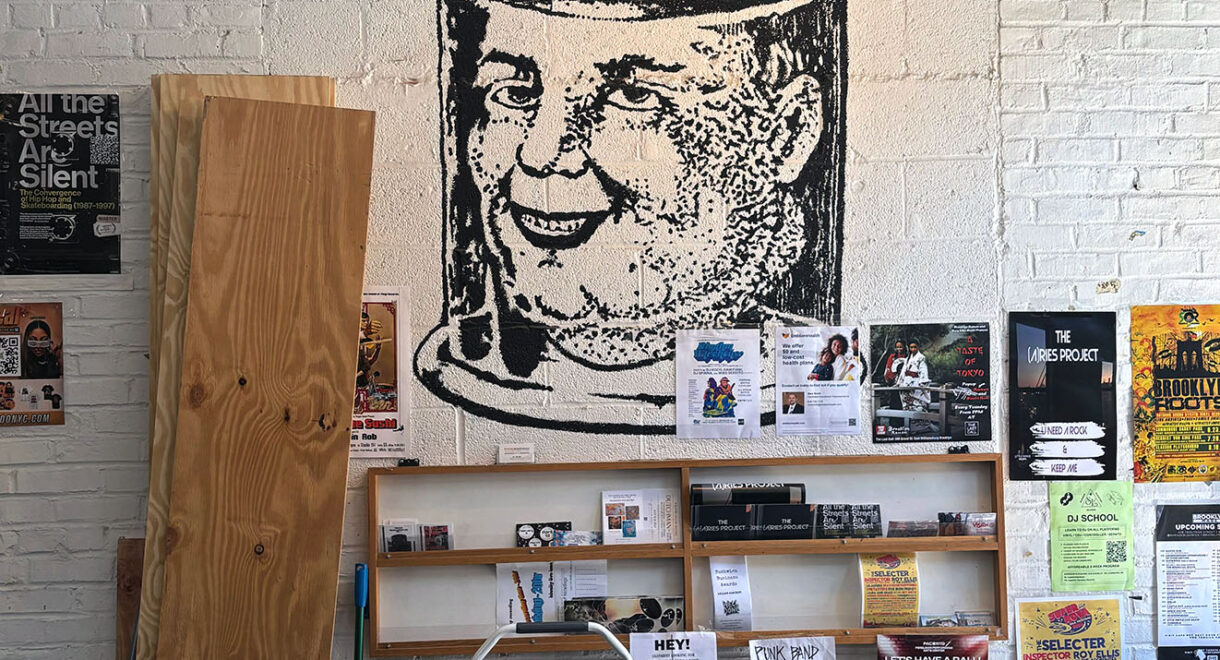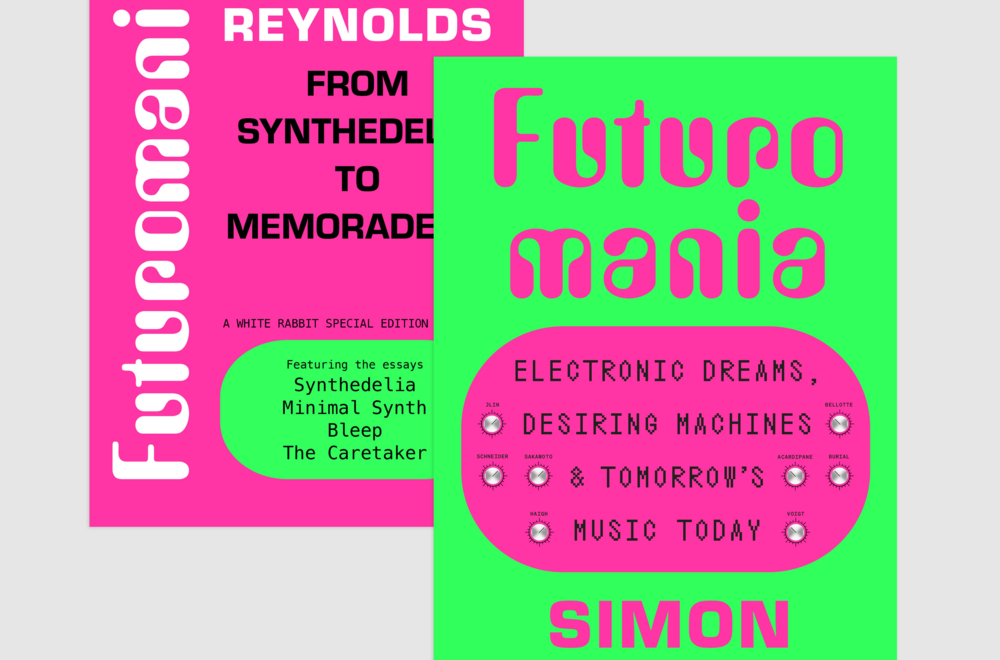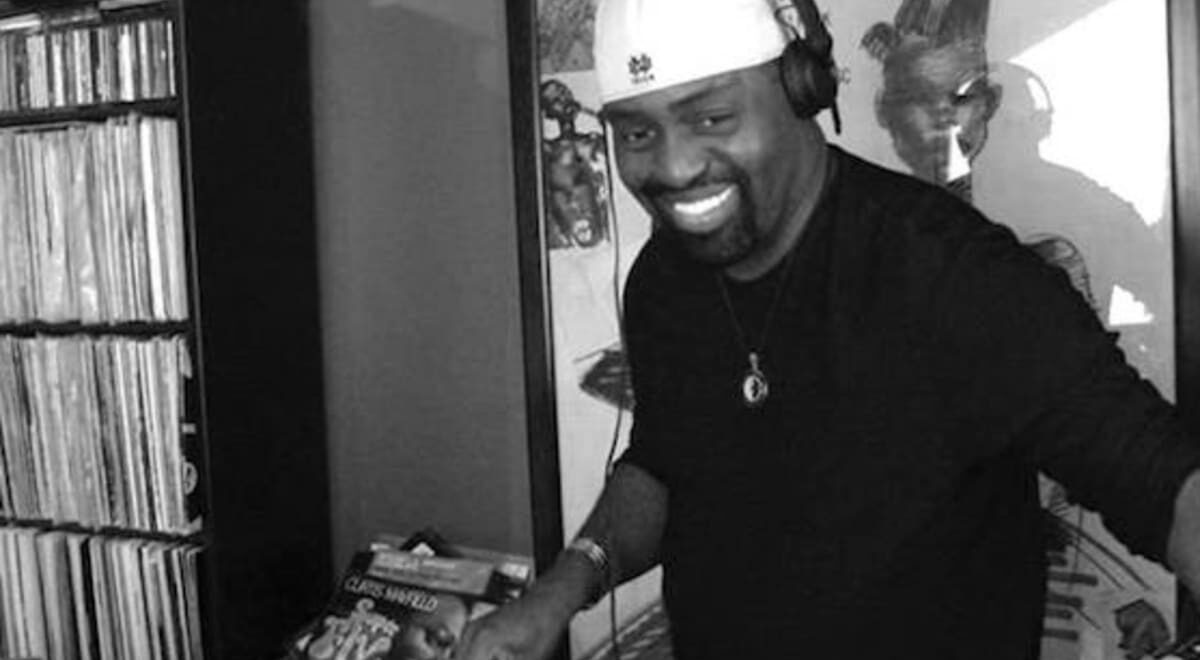“Dubwise but not exactly dub, rich in ambience but not exactly ambient music.” With three of the classic Sade albums (Promise, Diamond Life, Stronger Than Pride) recently repressed […]
Jazz is the Teacher: Donald Byrd’s Lessons in Musical Innovation, 1969-1972

Pop quiz: name the famous jazz trumpeter that got his start in bop and yet continued on to greater success for decades after? Who was the trumpeter responsible for discovering Herbie Hancock and putting him on in his band? Who continued to evolve throughout his career, moving first away from a well-regarded quintet and embracing then-controversial electronic instrumentation in the late 60s?
Which trumpeter continued to push beyond the confines of jazz and hit upon the sound of the street and young black America in the 1970s? Who did the critics hate with a passion, leveling at him the heretical cry of “sell out”?
Before you blurt out “Miles Davis” know that this trumpeter was Donaldson Toussaint L’Ouverture Byrd II. Obscured perhaps by the “great men theory” of jazz, Donald Byrd was at most one step behind Davis when it came to major innovations in the genre. And in the 1970s, Byrd finally overtook the more established trumpeter, enjoying chart success and a pop fanbase, a rarity for a jazz musician during that decade. Such success put Byrd albums in any hip record collection in Black households.
That level of ubiquity led Byrd’s music a generation later to underpin the work of rappers, hip-hop producers and R&B artists who grew up on their parents’ records. Among those who sampled him: A Tribe Called Quest, Nas, Erykah Badu, Public Enemy, 2Pac and J. Dilla, to name just a few.
How Byrd leapt from hard bop classicism to hip jazz-funk occurred in the span of a few crucial records recorded in a fecund 3-year span starting in 1969: Fancy Free, Electric Byrd, Kofi, and Ethiopian Knights.
And it wasn’t mere musicianship that fueled this jump so much as Byrd’s life-long quest for knowledge, perception and deep understanding of his history as a Black man in America.
The Detroit native earned a Bachelor’s of Music from Wayne State University while playing in Air Force bands. When he began gigging around New York City, he continued his education. Byrd went on to Manhattan School of Music to earn a master’s degree and got a second from Columbia University. Byrd earned a law degree from Howard University and then his doctorate from Columbia’s Teachers College. That’s Doctor Byrd to you. (Beyond academia, he also earned his pilot’s license; that’s his plane on the cover of 1975’s Places and Spaces.)
Attendant to his studies and his successful career in jazz came an increasing awareness of being a black man in America. “We are trying to discover what is black in this music,” he told the Washington Post back in 1968. At that point, Byrd had cut a series of crackling bop albums with his quintet featuring Sonny Red on alto sax, Cedar Walton on piano, Walter Booker on bass and Billy Higgins on drums. The run culminated with Slow Drag (recorded in May 1967). By that point, the civil rights movement was in full swing, with student sit-ins around the country demanding change.
The campus of Howard University was a natural focal point. Established in 1867 as an iconic HBCU, Howard was, ironically, oriented towards the white European canon. Students could be expelled for using the fine arts facilities and practice rooms to play non-Western music. Needless to say, jazz, blues and gospel performances were verboten. Faced with a curriculum wholly divorced from the lived experience of its African-American student body, the students demanded change.
As Natalie Weiner wrote in the liner notes for a recent reissue of Byrd’s 1970 early fusion classic, Fancy Free: “Byrd was brought in (to Howard) as a peace offering during negotiations spurred by the protests — a teacher tasked with starting not only the school’s first jazz band, but also jazz history courses and seminars.” That tension between Black music and white academic institutions remains some 40 years later, as a recent New York Times piece investigated.
Well before he was a teacher, Byrd saw himself as a mentor. While still studying at the Manhattan School of Music he befriended a pianist eight years his junior, Herbie Hancock. Byrd’s 1961 LP Royal Flush marked Hancock’s Blue Note debut and Byrd’s 1962 follow-up Free Form featured Hancock’s first composition. (Byrd also encouraged the young musician to keep control of his publishing, a smart move when Hancock’s “Watermelon Man” became a smash hit for Mongo Santamaria.)
As Hancock described Byrd: “He’s a born educator, it seems to be in his blood, and he really tried to encourage the development of creativity.” Byrd became part of the Howard faculty, but like all great teachers, he understood that he, too, was always learning. “I was greatly influenced by the students,” Byrd said in a 1976 radio interview. “We taught each other, we moved each other.”
That dialogue with his young students caused Byrd’s own music to rapidly change. While his colleague Miles harnessed electric elements to dive deeper into darkness, Byrd’s work embraced lightness.
Cut three months after Davis’ In a Silent Way, Fancy Free was the first Byrd album to feature electric piano (played by longtime Blue Note producer Duke Pearson), giving a breezy, laidback, buoyant feel to the album — even with a large 10-piece ensemble. (The sleeve art — birds in the clouds — was apt). And the second side of Fancy Free showcased two soul-jazz compositions by his Howard students, Mitch Farber and Charles Hendricks.
Recorded across a single day in May, and less than 2 months after Davis’ Bitches Brew, Electric Byrd saw Byrd conjuring a similar simmering ambience. Byrd convened a 12-piece band, including Davis associates Ron Carter, Airto Moreira and Hermeto Pascoal, to move resolutely into that playground that Bitches Brew carved. The four long pieces are full of Brazilian percussion, languorous movements, sumptuous groove and mysterious atmosphere, with Byrd’s trumpet confidently navigating this new terrain. That he didn’t have an audacious producer like Teo Macero making loops and splicing tapes makes the end results of Electric Byrd all the more remarkable, with a patina of electronic effects deployed at key moments to create a mystical effect (as on the spacy and deeply psychedelic climax of “Essence”).
Just like Miles swiftly shed his skin and moved on, Byrd too rapidly evolved and moved onto the next new thing. James Brown, the Jackson 5 and the new sound of funk were ascendant. Not only was Byrd tuned into the grooves that his young students were digging, he embraced them himself.
While not released until the ‘90s, Kofi was recorded in 1969-’70 and captured that transitional phase. “What I was trying to do then was to blend the James Brown sound into our music,” Byrd says in the CD reissue. “But the folks at Blue Note tossed it aside.”
Bookending Electric Byrd, the five long tracks of Kofi kept a crisp and funky low-end (courtesy of Ron Carter and Mickey Roker) while Byrd easefully interacted with flute and saxophone. The titles reference Byrd’s increasing interest in his African heritage and his travels through Ghana and Bahia. Much like Byrd’s hit “Cristo Redentor” did the decade before, this work drew from the Afro-Caribbean diaspora and pointed a way forward for Byrd.
There’s little to compare Ethiopian Knights with other than Miles’ Jack Johnson. Both are reckonings by jazz stars as they consider their place as African-American men neglected in the culture. Released a year apart, the sinewy yet relentless feel of funk has pushed its way to the front, the drums and bass spartan and unwavering. (The Crusaders’ bassist Wilton Felder lays down a simple yet deep taproot not unlike Michael Henderson in Miles’ band.)
With Byrd’s trumpet surrounded by an array of electric guitars, the band establishes a groove, then rides it towards infinity. But whereas Miles’ was drawing in the hippies with a heavier rock sound, Byrd takes a different tact. The three guitars at work on “The Emperor” are firmly rooted in R&B rhythms — think Sly & the Family Stone and the Isley Brothers — weaving in and around each other while Bobby Hutcherson’s vibes keep everything elevated.
Ethiopian Knights also provides an answer to the above quest for Byrd “to discover what is black in this music.” The cover art shows Dr. Byrd nonplussed in front of a minstrel show’s “all colored revue” banner, the grotesque Jim Crow caricatures behind him all but blacked out on original sleeves. Once the entertainment of the ruling caste, this black music has now evolved to be the cry of the centuries-subjugated caste.
Flip the cover and the message comes through loud and clear. “It was the music bound the torn rag-red black backs…against the trillion suns of Macon and Martinique,” the brutal poem penned by fellow Howard professor Bill Quinn reads. It concludes, “And there will be music in the new nation.”
“Donald…thinks forward all the time,” Hancock wrote in the liner notes for Free Form. “His mind is too quick and his curiosity too active for him to get caught in any single groove.” And that forward motion would soon lead to Byrd’s next act, where he would turn to two musicians enrolled at Howard, Larry and Alphonso Mizell. Together, the teacher and his students would set about propelling jazz to unimagined new heights.
REFERENCE NOTES
Miles Davis: Filles (1969), In a Silent Way (1969), Bitches Brew (1970), Jack Johnson (1971), On the Corner (1972)
Donald Byrd: Slow Drag (1968), Fancy Free (1970), Electric Byrd (1970), Kofi (1995), Ethiopian Knights (1972), Black Byrd (1973)










